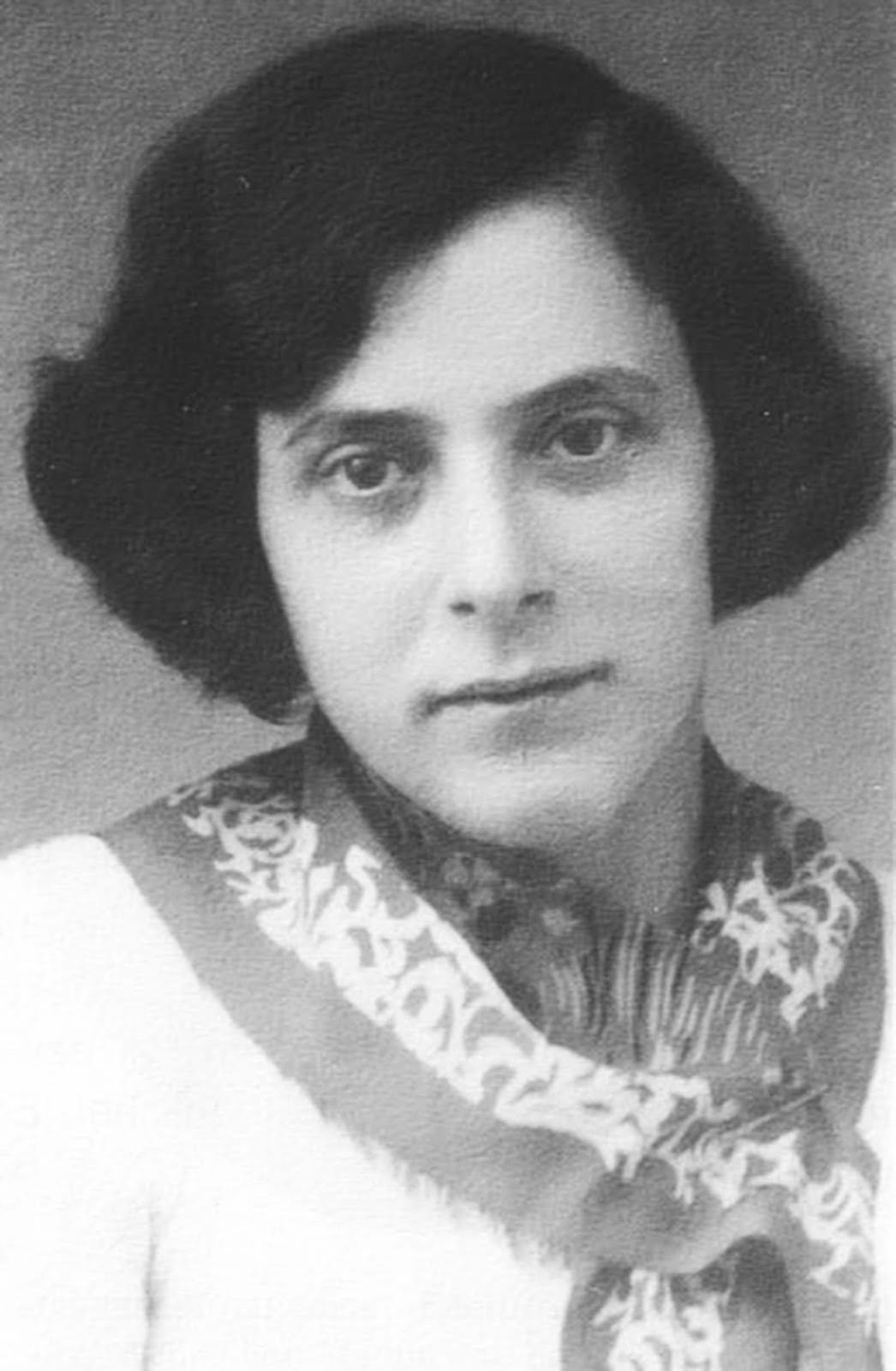August Landmesser is a symbol of resistance against the oppressive Nazi regime. On June 13, 1936, as thousands of Germans gathered to witness the launch of the naval training vessel Horst Wessel in Hamburg, one man stood out from the crowd. In a sea of raised arms, saluting the Nazi flag, August Landmesser defiantly crossed his arms, refusing to join in the salute. This act of defiance was immortalized in a photograph that later circulated worldwide, making Landmesser a symbol of resistance to authoritarian rule.
Early Life
Born in Moorrege, Germany, on May 24, 1910, August Landmesser was the only child of a humble working-class family. Growing up in the tumultuous era of the Weimar Republic, Landmesser was exposed to the economic and political challenges that plagued post-World War I Germany. Seeking stability and financial security, Landmesser joined the National Socialist German Workers’ Party (NSDAP) in 1931. However, his enrollment in the Nazi Party would soon clash with his convictions.

Love and Defiance
August Landmesser’s life took a dramatic turn when he met Irma Eckler, a young Jewish woman, in 1934. The two fell deeply in love and became engaged in 1935. Their love story was courageous and defiant, as the Nuremberg Laws of 1935 forbade marriages between Jews and non-Jews. Their relationship would ultimately cost Landmesser his job and his membership in the Nazi Party.

In 1936, the couple decided to apply for permission to marry under the Nuremberg Laws, which required non-Jewish individuals to prove their Aryan descent. The application was denied, and Landmesser was expelled from the Nazi Party. The couple, however, continued to live together and had two daughters, Ingrid and Irene.
The Defiant Stand
On June 13, 1936, August Landmesser attended the launch of the Horst Wessel at the Blohm+Voss shipyard, where he had once worked. The ship was a symbol of Nazi Germany’s growing military might, and high-ranking Nazi officials, including Adolf Hitler himself, attended the event. As the Nazi flag was hoisted, the crowd, in unison, raised their arms to perform the Nazi salute. However, August Landmesser, standing in the second row, defiantly crossed his arms in front of his chest, refusing to participate.

The photograph capturing this act of defiance was taken by an unknown photographer and later published in various newspapers and magazines. It was not until the 1990s that August Landmesser was identified as the man in the photograph, thanks to the tireless efforts of his daughter, Irene Eckler.
Consequences and Final Years
In 1937, Landmesser and Eckler attempted to flee Germany to Denmark, but the Gestapo arrested them on “Rassenschande,” or “dishonoring the race.” Landmesser was tried and acquitted in 1938 but was ordered to end his relationship with Eckler. Refusing to comply, Landmesser was arrested again and sentenced to two and a half years in the Börgermoor concentration camp.
Meanwhile, the Gestapo arrested Irma Eckler, pregnant with their second child, and sent her to the Fuhlsbüttel prison. In 1938, she gave birth to their second daughter, Irene, who was later taken from her and placed in foster care. Irma was then sent to various concentration camps and eventually transported to the Ravensbrück concentration camp, where she met an unknown fate. It is believed that she was killed in early 1942, though the exact date and circumstances of her death remain uncertain.

Landmesser was released from the Börgermoor concentration camp in 1941, but his freedom was short-lived. He was soon conscripted into the German army and sent to fight on the Eastern Front during World War II. In 1944, Landmesser was declared missing in action near Croatia and was presumed dead. The exact details of his disappearance and death remain unknown.
Legacy
The photograph of August Landmesser’s act of defiance has become an iconic image of resistance against tyranny and oppression. Landmesser’s story has been retold in various forms, including a biography by his daughter, Irene Eckler, titled “The Silent Rebel.” His courageous stand has been the subject of numerous documentaries, articles, and artistic interpretations, all celebrating the power of a single individual to stand up against an oppressive regime.
In 1996, the German government posthumously recognized the marriage between August Landmesser and Irma Eckler, granting their daughters the legal status of “non-Jewish mixed-race” individuals under the Nuremberg Laws. This acknowledgment validated their parents’ love and commitment and served as a testament to the power of love and human dignity in the face of adversity.


